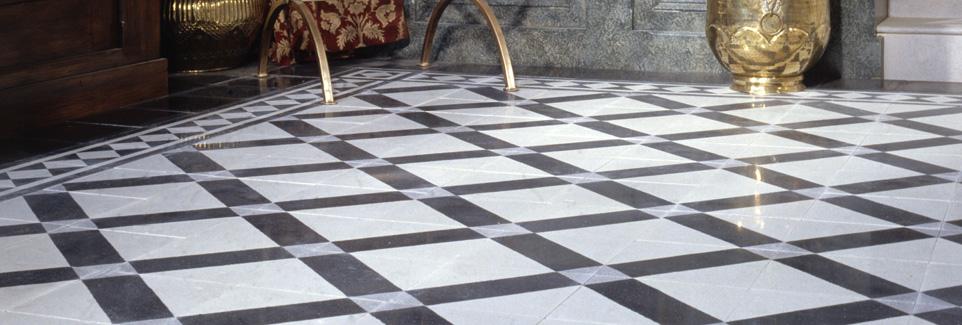












Multiplied, they form a balustrade.
The earliest examples are those shown in the bas-reliefs representing the Assyrian palaces, where they were employed as window balustrades and apparently had Ionic capitals. They do not seem to have been known to either the Greeks or the Romans (Wittkower 1974), but late fifteenth-century examples are found in the balconies of palaces at Venice and Verona. These quattrocento balustrades are likely to be following yet-unidentified Gothic precedents, and form balustrades of colonnettes as an alternative to miniature arcading.
Rudolf Wittkower withheld judgement as to the inventor of the baluster but credited Giuliano da Sangallo with using it consistently as early as the balustrade on the terrace and stairs at the Medici villa at Poggio a Caiano (ca 1480), with employing balustrades even in his reconstructions of antique structures, and, importantly, with having passed the motif to Bramante (his Tempietto, 1502) and Michelangelo, through whom balustrades gained wide currency in the 16th century.
Wittkower distinguished two types, one symmetrical in profile that inverted one bulbous vase-shape over another, separating them with a cushionlike torus or a concave ring, and the other a simple vase shape, first employed, according to Wittkower, by Michelangelo.
By Appointment
PARIS CERAMICS
South Park Studios - Suite 10
88 Peterborough Road, London SW6 3HH
United Kingdom